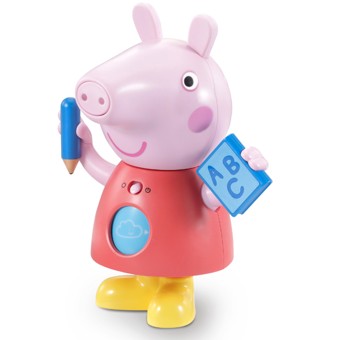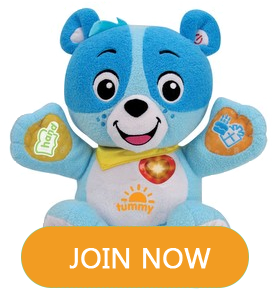Why Join VTech Club?
Joining is free, fast and full of great benefits, such as:
- Promotions and offers
- Monthly £1,000 prize draw*
- Regular competitions
- Special offers for our members
Added benefits
- Register your VTech products
- Apply to be a Product Tester
3+
YEARS
Peppa Pig: Move and Learn Peppa
£21.99
Temporarily out of stock
- Listen carefully as Peppa gives you different directions to follow in exciting games.
- Turn her head, press her nose, wave her pencil, pull her book, and bop her body to play and learn objects and body parts. Can you keep up and get to the next difficulty level?
- Repeat the same actions in 2 other game modes to learn all about Peppa and her family in About Me Mode or hear Peppa introduce letters and numbers in Learn Mode.
- Peppa’s mode selector tummy lights up with the sounds.
- Features music, sounds and phrases from the hit TV show.
Best for ages:
3+ Years
Highlights
Listen carefully as Peppa gives you different directions to follow in 3 exciting game modes. Peppa’s mode selector tummy lights up with the sounds.
Description
I'm Peppa Pig! Come on! Let's play. Listen carefully as Peppa gives you different directions to follow in an exciting game. Turn her head, press her nose, wave her pencil, pull her book, and bop her body to play and learn objects and body parts. Can you keep up and get to the next difficulty level? Repeat the same actions in 2 other game modes to learn all about Peppa and her family in About Me Mode or hear Peppa introduce letters and numbers in Learn Mode. Peppa’s mode selector tummy lights up with the sounds. Features music, sounds and phrases from the hit TV show.
- Product Number: 80-581303
- 2 x AAA (included for demo purposes only) Batteries Required
- Warning! Not suitable for children under 36 months. Small parts. Choking hazard.



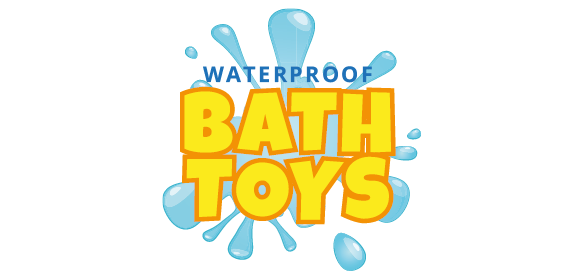
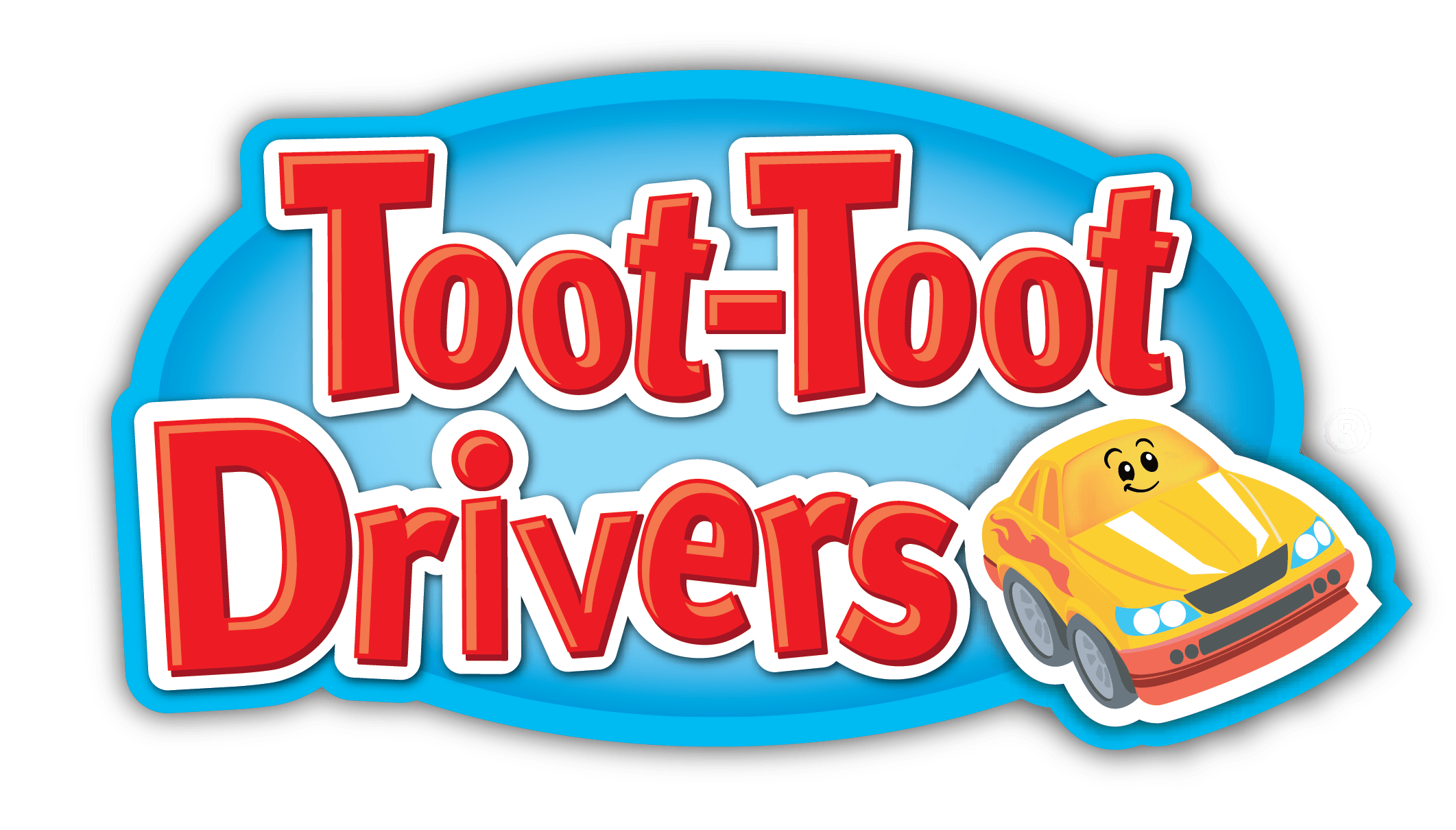
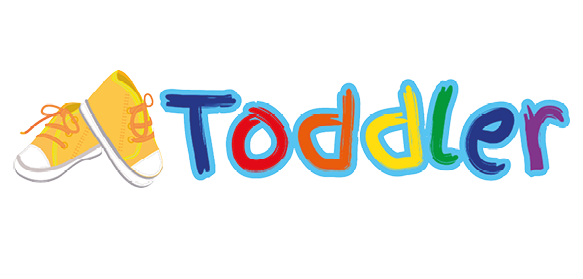


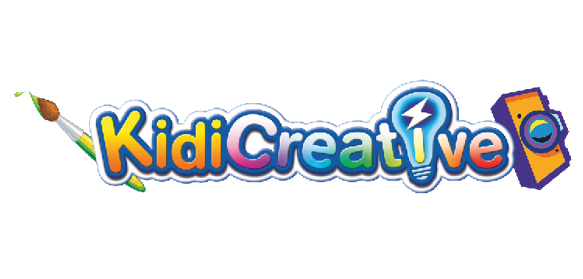

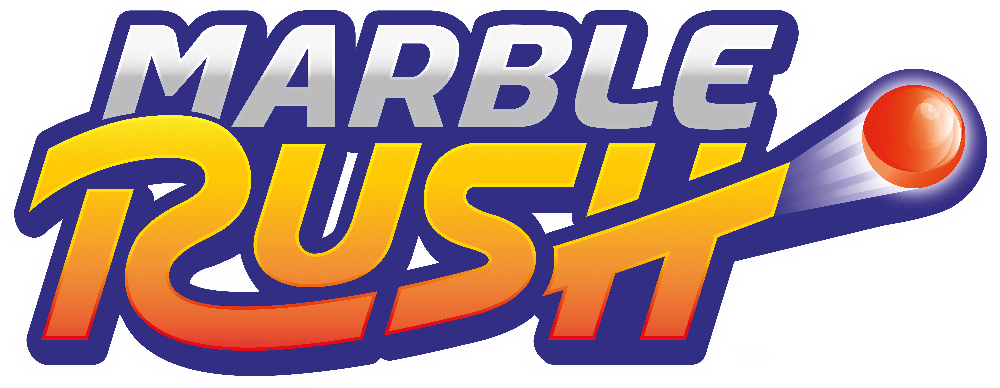

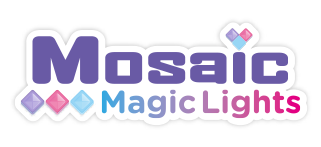
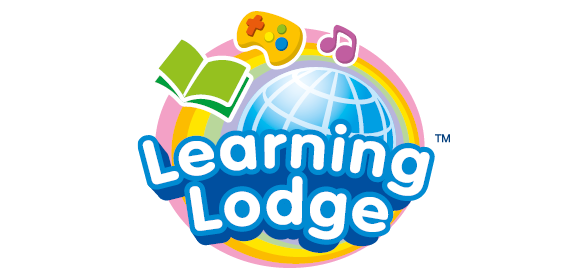 Download
Download

